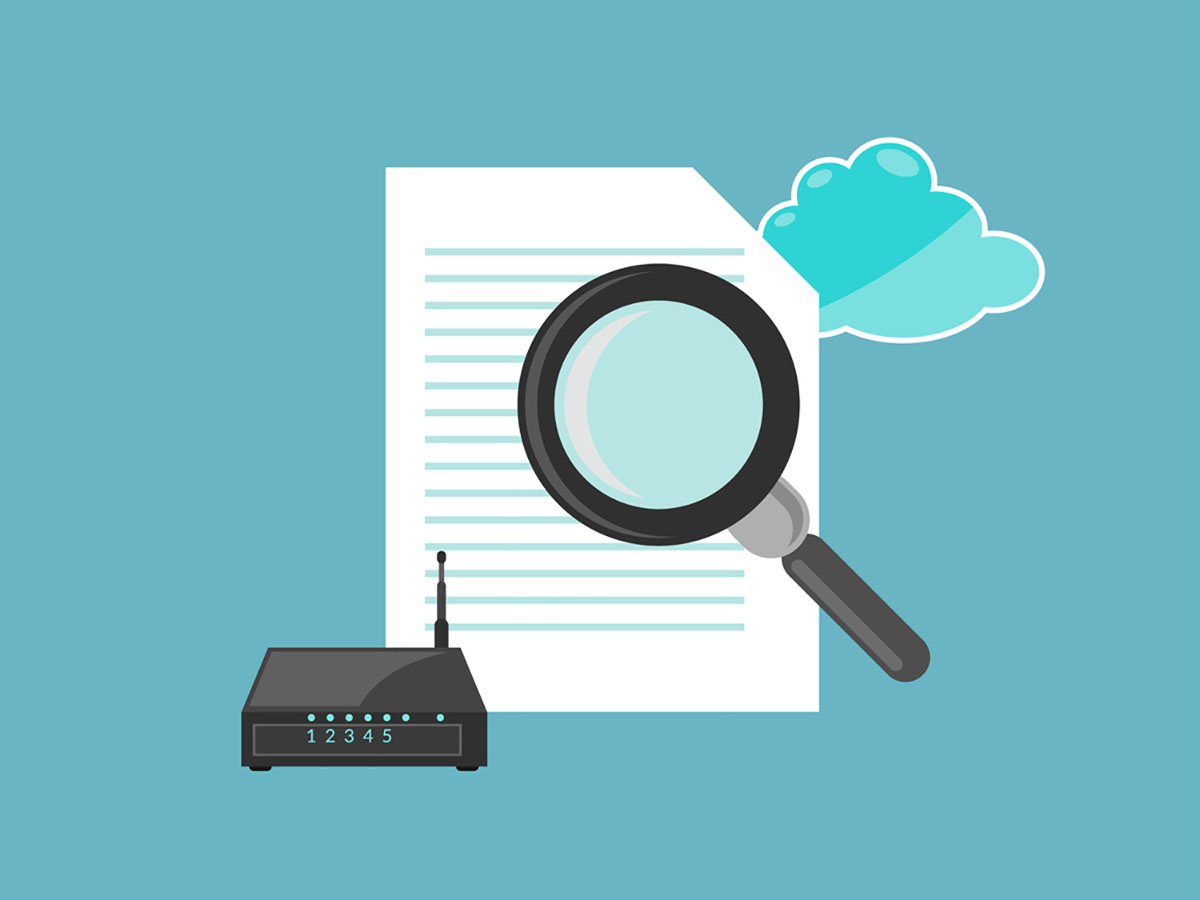Authenticate is a process used to verify the identity of a user, device or system. It usually involves entering credentials such as usernames, passwords or biometric data to confirm that the individual or system is truly who or what they claim to be. This practice helps maintain secure access to personal data or protected resources.
Authenticate Examples
1. Email Account Authentication
Every day, millions of people log into their email accounts. This process starts with the input of your username and password in the login page. These credentials are unique to each user and serve as an identity marker.
Stay One Step Ahead of Cyber Threats
Once you click ‘sign in’ or ‘login’, the email service provider verifies your credentials. This is done by comparing the inputted data with the information stored in their system. If a match is found, your identity is authenticated and you are granted access to your email account.
This is a crucial step to ensure only the true owner of the email account has access. It helps protect users’ privacy and keeps their personal data secure from unauthorised access.
2. Mobile Phone Authentication via Fingerprint
Unlocking a smartphone with a fingerprint is another everyday example of authentication. Many modern devices include this feature to add a layer of security and personalization. The process starts when you set up your device and register one or more fingerprints into its memory.
When you try to unlock your phone, you place the registered finger on the scanner. The device then compares the scanned print with the stored data. If there’s a match, your identity is authenticated and the phone unlocks.
This type of biometric authentication adds a security level that’s inherently unique to each user. It also simplifies the unlocking process by removing the need to remember and type a passcode or pattern. It’s a quick and secure way to ensure that only the phone’s owner can access it.
3. Online Banking Transaction Authentication
Online banking has greatly improved the convenience of managing finances. However, it also presents potential risks if not properly secured. Banks use authentication to ensure the person initiating a transaction is the rightful account holder.
An example of this is when a bank sends a unique security code to your registered mobile number during a transaction. You have to enter this one-time code into the bank’s web page or app to proceed with the transaction. Once you enter the correct code, your identity is authenticated, and the transaction is processed.
This two-step verification adds another layer of security, serving as a robust defence against unauthorized access. It makes online banking safer, helping to protect sensitive financial data and deter potential fraud.
Conclusion
Authentication plays a critical role in our digital lives. Whether it’s logging into an email account, unlocking a mobile phone, or making an online banking transaction, authentication provides the necessary security measures to keep our personal information safe and secure.
Key Takeaways
- Authentication verifies the identity of a user, device or system through the entry of certain credentials.
- This process helps maintain the security of personal data or protected resources.
- Common examples of authentication processes include logging into an email account, unlocking a mobile device using biometrics, or verifying an online banking transaction through a security code.
- The use of authentication is crucial in adding a layer of defense against unauthorized access and potential fraud in digital platforms.
- Each authentication method comes with its own unique merits and levels of security, providing different options for digital interactions.
Related Questions
1. What is two-factor authentication?
Two-factor authentication is a security process where users provide two different authentication factors to verify their identity. This could be a combination of something they know (like a password), something they have (like an authentication app on their phone), or something they are (like a fingerprint or face recognition).
2. How does authentication provide security?
Authentication provides security by ensuring that only verified users get access to certain systems or data. This helps prevent unauthorized access, protects personal data and deters potential fraudulent activities.
3. What’s the difference between authentication and authorization?
While related, authentication and authorization serve different functions. Authentication verifies the identity of the user, while authorization determines what that user has access to after their identity has been verified.
4. Are all types of authentication equally secure?
Not all types of authentication offer the same level of security. For instance, biometric authentication is generally more secure than password authentication as biometrics are unique for each individual. Two-factor and multi-factor authentication methods provide higher security too as they require multiple evidences to verify identity.
5. What is an example of strong authentication?
An example of strong authentication is two-factor authentication where a user needs to provide two pieces of valid credentials to access a system. For instance, in online banking, a user may need to enter a password (something they know) and then input a code sent to their mobile device (something they have) to complete a transaction.
"Amateurs hack systems, professionals hack people."
-- Bruce Schneier, a renown computer security professional






